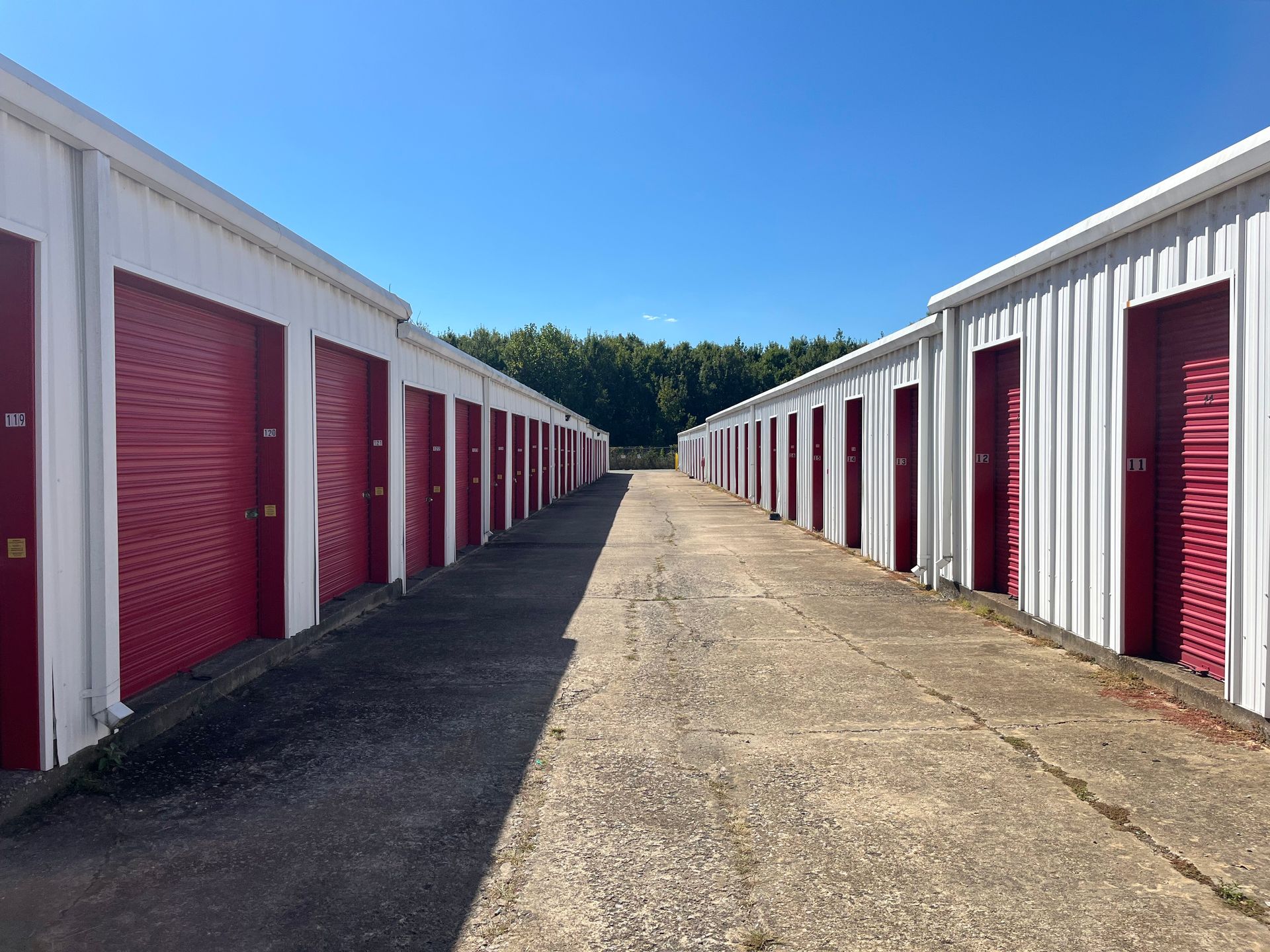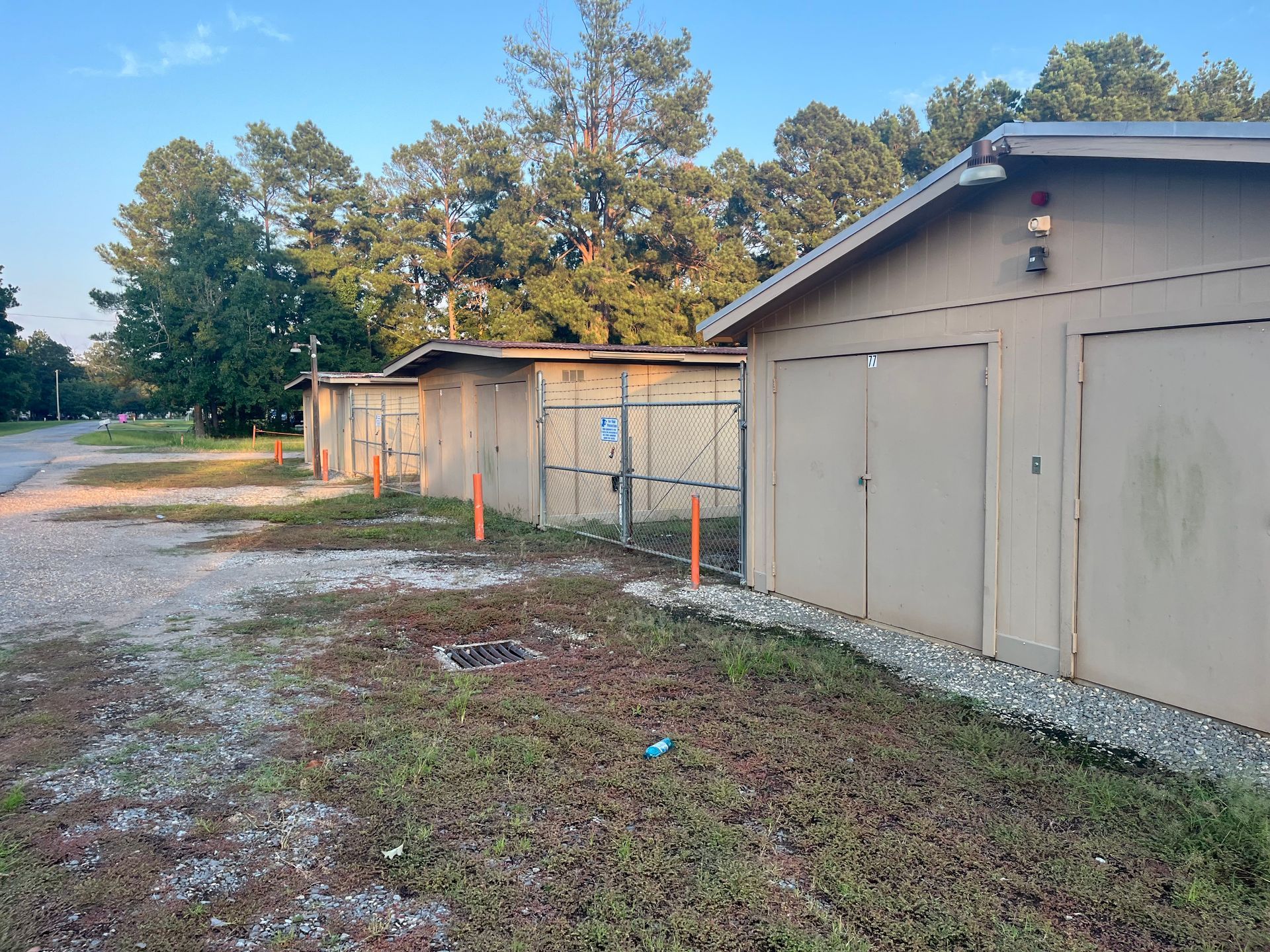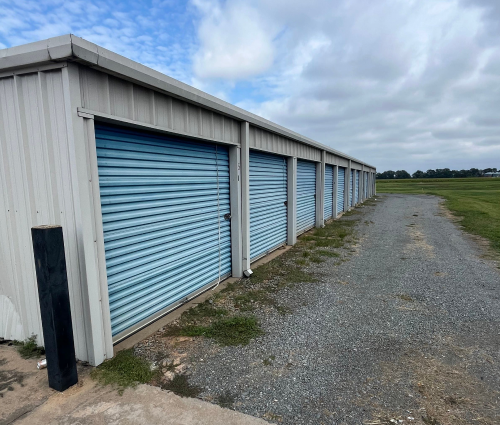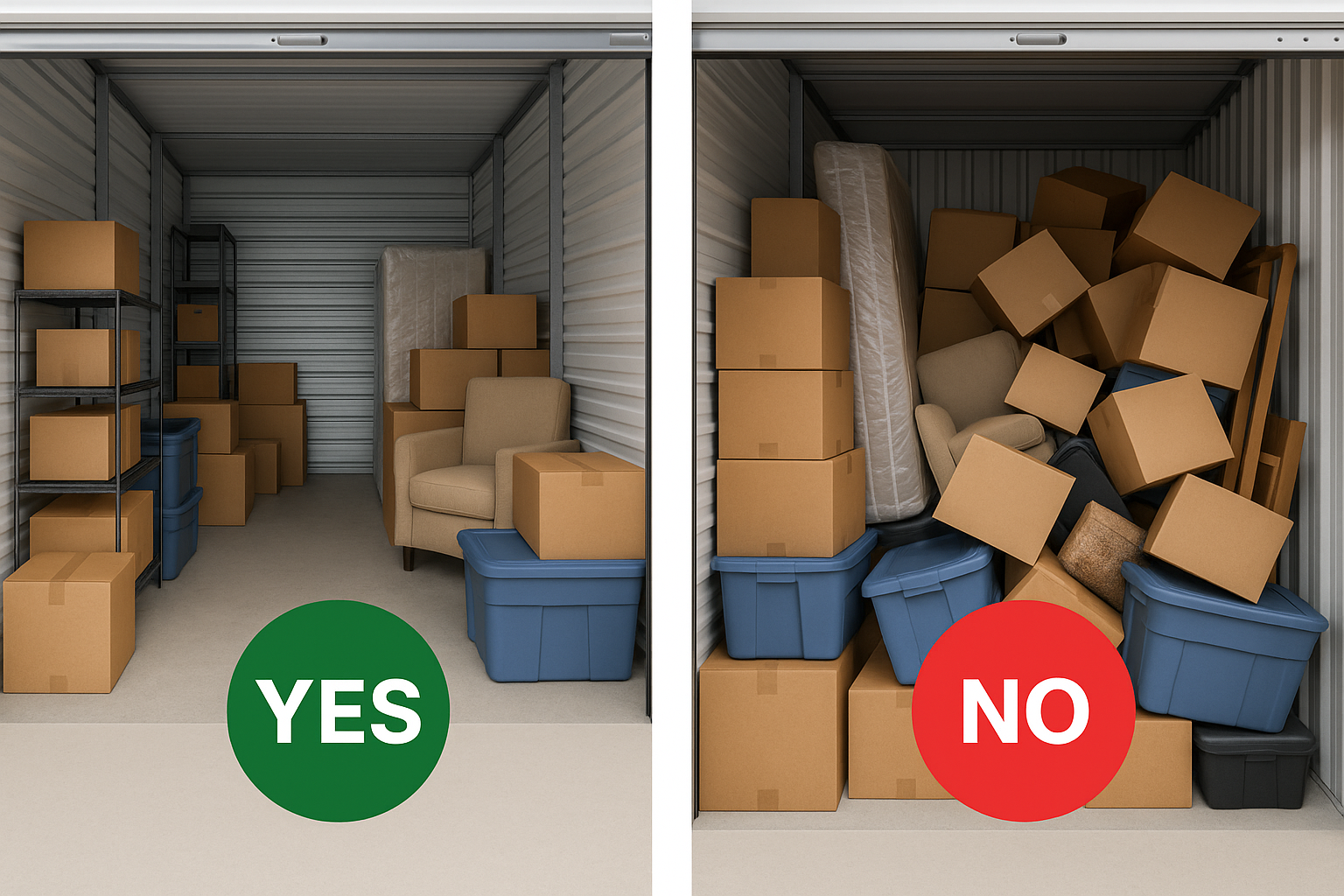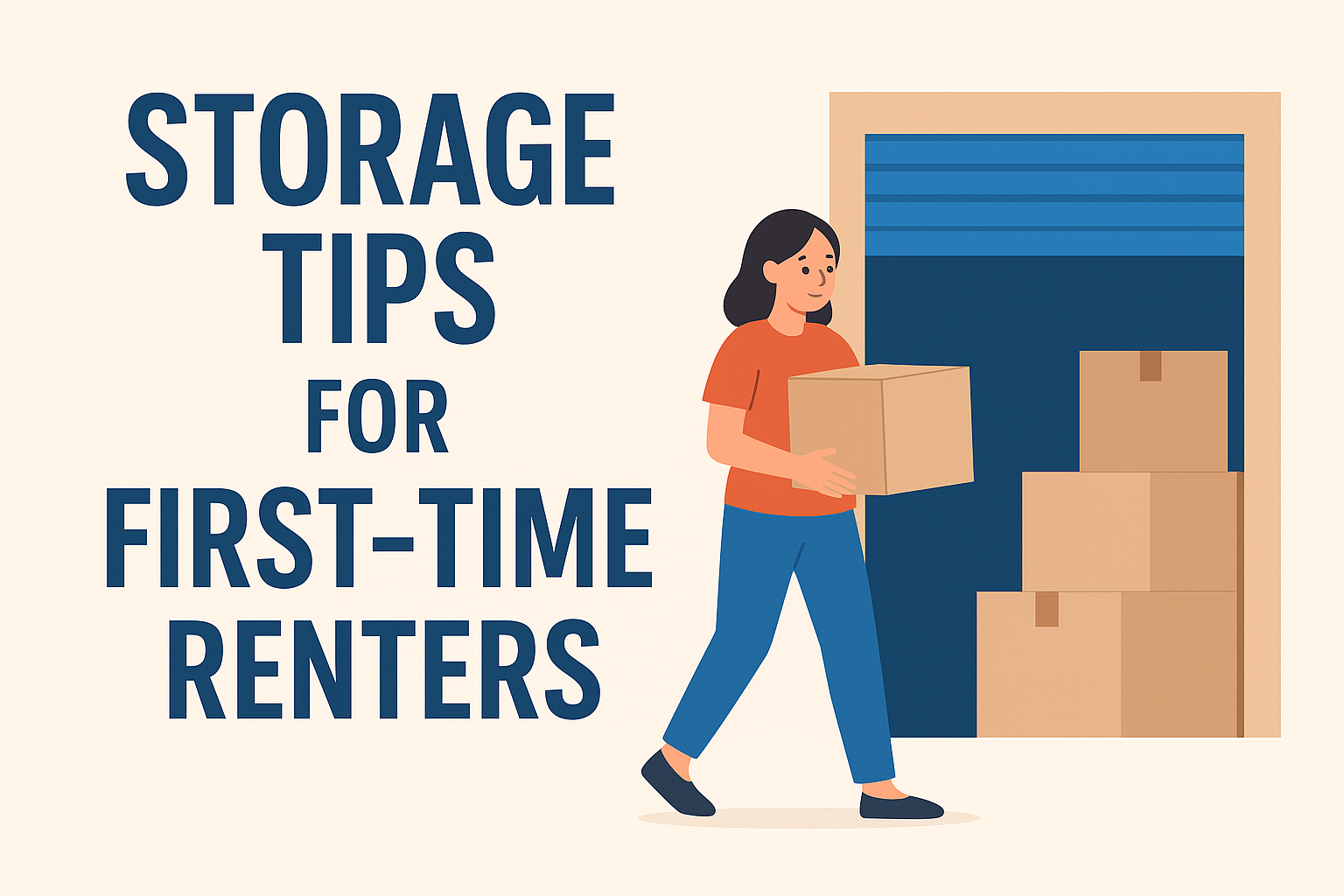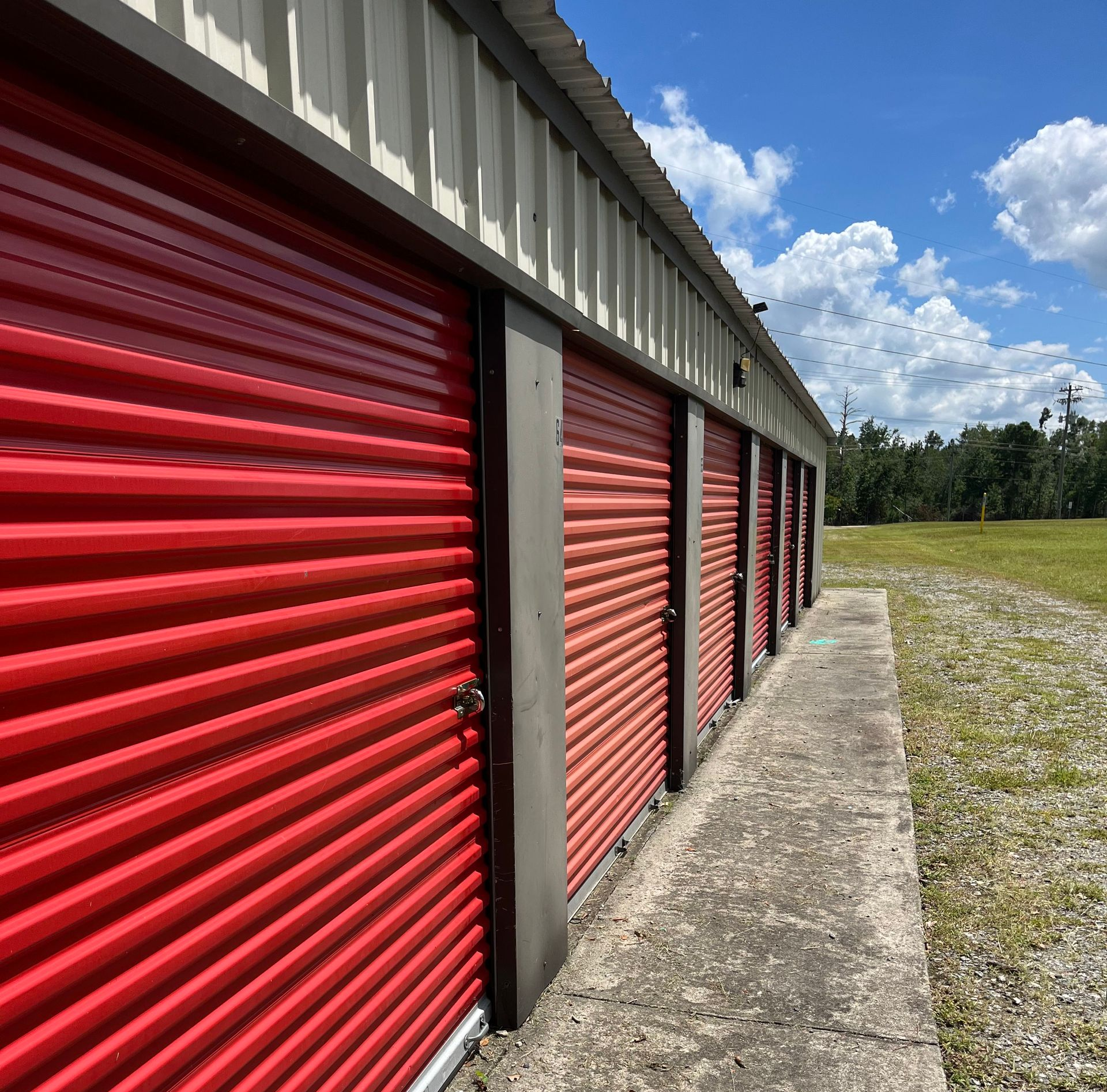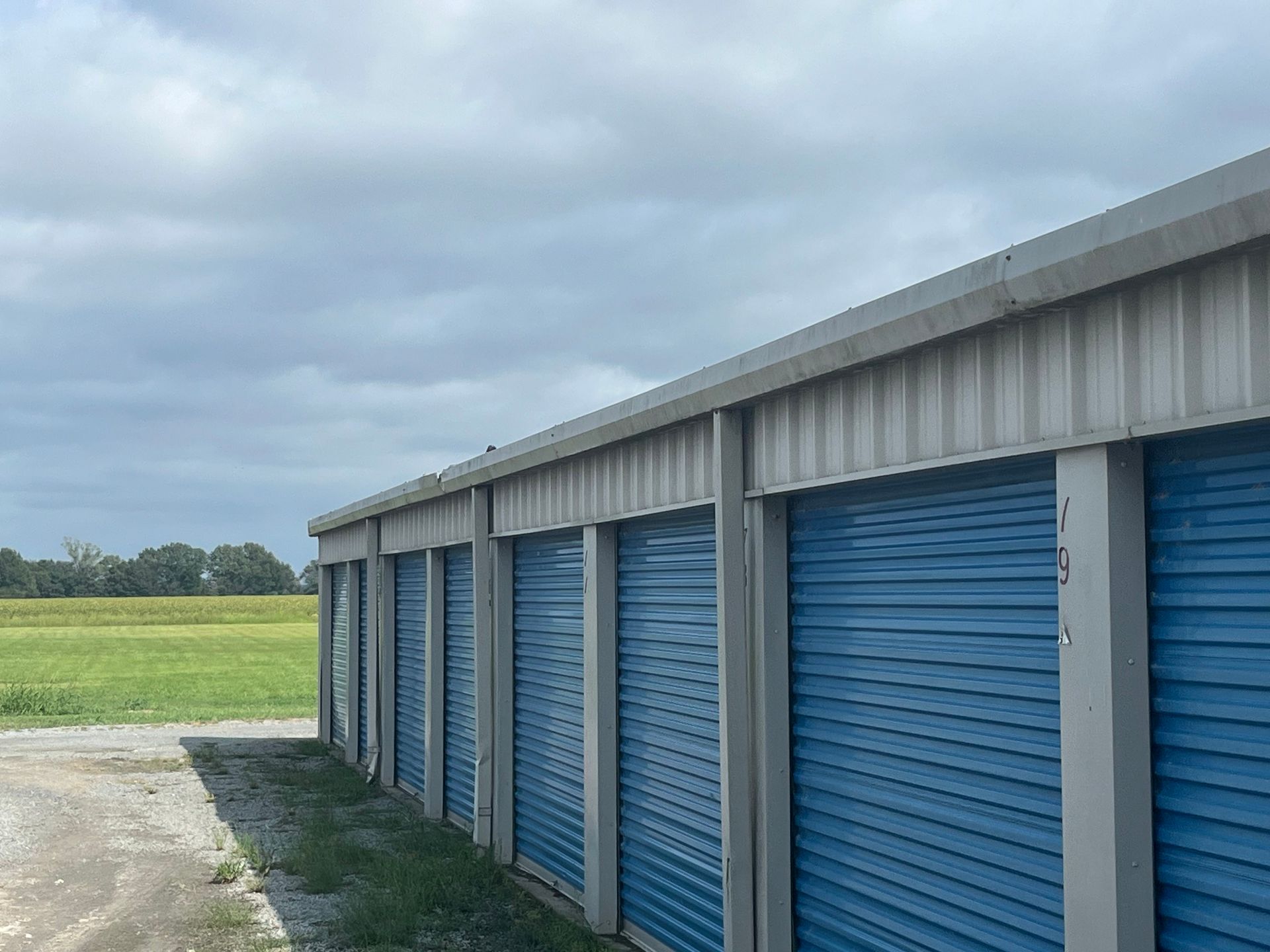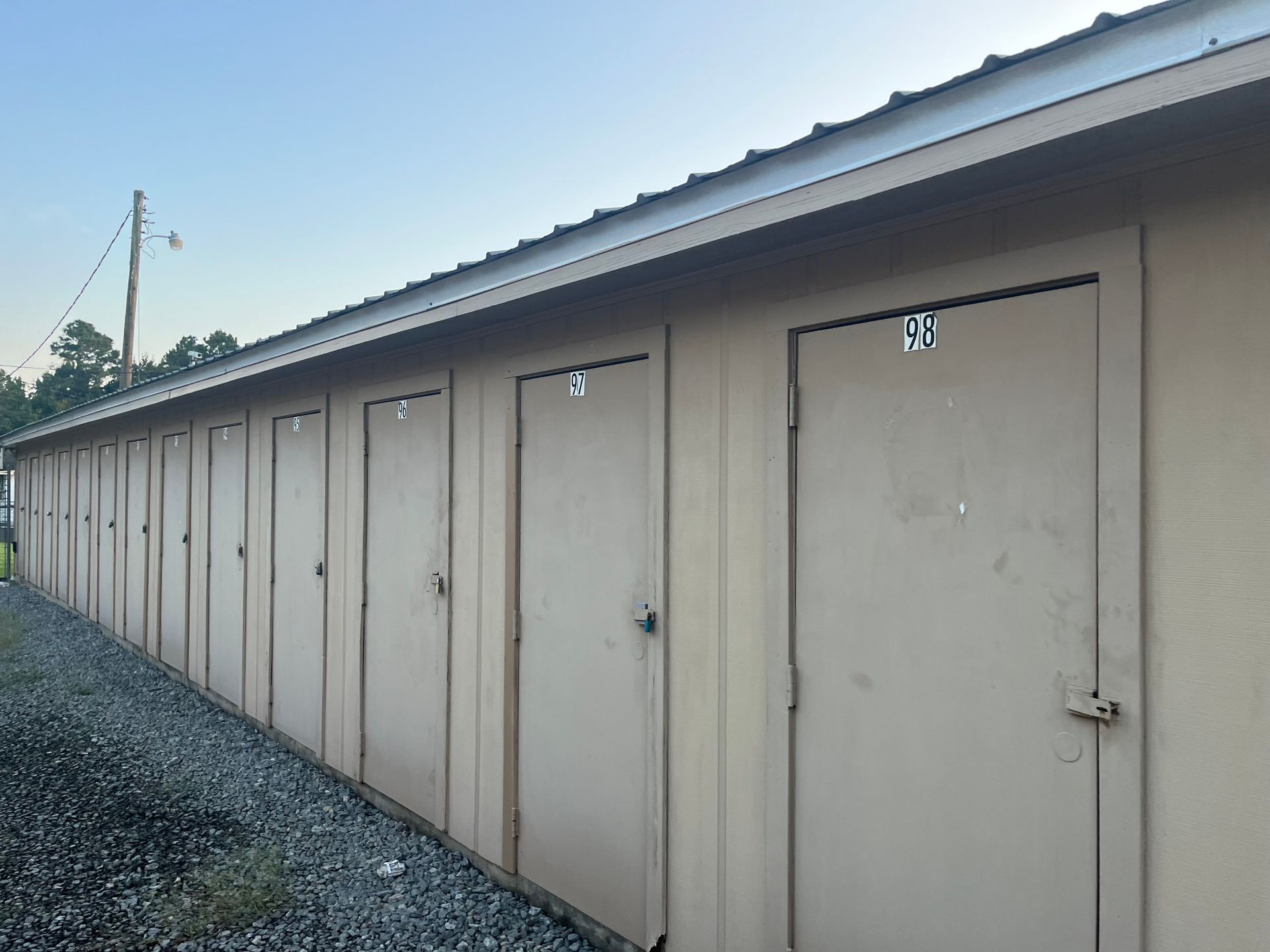How to Store Furniture Properly During a Move
Expert Furniture Storage Tips to Prevent Damage, Save Space, and Stay Organized

Moving is stressful enough without worrying whether your furniture will survive the transition. Whether you're downsizing, waiting on a new home to be ready, or just decluttering, storing furniture the right way can mean the difference between damage and durability.
In this expert guide, we’ll walk you through the most effective furniture storage tips—from preparation to placement—to ensure your pieces remain in top condition. Whether you’re storing a few chairs or an entire household worth of furniture, this article will help you move smart, protect your investments, and avoid common mistakes.
Table of Contents
- Why Furniture Needs Special Care During Storage
- Step 1: Decide What Furniture to Store
- Step 2: Clean Everything Thoroughly
- Step 3: Disassemble Large Pieces
- Step 4: Protect Furniture with Proper Packing Materials
- Step 5: Choose the Right Storage Unit Size
- Step 6: Climate-Controlled vs. Standard Units
- Step 7: Load Your Storage Unit Strategically
- Long-Term Storage Tips
- Final Furniture Storage Checklist
- Where to Store Your Furniture
- Get Help from the Experts
Why Furniture Needs Special Care During Storage
Furniture is bulky, heavy, and often expensive. It’s also vulnerable—wood warps, leather cracks, fabrics trap odors, and metal rusts. Even high-quality pieces degrade quickly when stored improperly. Taking the time to prepare and store your furniture correctly reduces the risk of:
- Scratches and dents
- Moisture damage
- Mold and mildew
- Pest infestations
- Structural warping
If you’re storing furniture during a move, you’re likely dealing with a transition period full of chaos. Let’s simplify the process with proven, expert-level strategies.
Step 1: Decide What Furniture to Store
Before you store anything, take inventory and decide what’s worth keeping. Storage costs money—and space is limited—so don’t store items you no longer want or need.
Ask yourself:
- Will this fit in my next home?
- Is it in good condition?
- Would I buy this again today?
- Could I donate or sell it instead?
💡 Tip: Save money and space by storing only what’s truly valuable, functional, or irreplaceable.
Step 2: Clean Everything Thoroughly
Dirty furniture breeds mold, attracts pests, and holds onto odors. Cleaning is non-negotiable before storage.
- Wood: Wipe with a wood cleaner and polish with wax.
- Upholstery: Vacuum cushions, use fabric-safe cleaners, and let everything dry fully.
- Leather: Clean and condition with leather-specific products.
- Metal: Wipe down with a damp cloth and dry to prevent rust.
💡 Pro tip: Use baking soda or dryer sheets in drawers to keep stored furniture smelling fresh.
Step 3: Disassemble Large Pieces
Breaking down furniture not only saves space, but also reduces stress on joints and makes transport easier.
Disassemble when possible:
- Table legs
- Bed frames
- Headboards
- Shelving units
Place all screws, bolts, and small pieces in labeled bags and tape them securely to the item they belong to.
Step 4: Protect Furniture with Proper Packing Materials
A sheet or blanket won’t cut it for long-term storage. Use materials designed to protect during transport and storage.
Essential furniture packing supplies:
- Moving blankets or padded covers
- Plastic wrap (for cushioning—not directly on wood/leather)
- Furniture pads
- Mattress covers
- Bubble wrap for delicate pieces
- Cardboard corner protectors
🚫 Avoid wrapping furniture in plastic or non-breathable material for long periods. Trapped moisture = mold and rot.
Step 5: Choose the Right Storage Unit Size
You don’t want to cram furniture into a unit like a game of Tetris. That leads to broken legs, warped tabletops, and scratches.
Use our Storage Unit Size Guide to choose the right fit based on what you're storing.
Typical size needs:
- 5x10: Chairs, lamps, small dressers
- 10x10: One-bedroom apartment’s worth of furniture
- 10x20+: Full home or large pieces (sectionals, armoires, beds)
Step 6: Climate-Controlled vs. Standard Units
Climate-controlled storage is best for delicate or valuable furniture—especially in hot, humid, or cold climates. It regulates temperature and humidity to prevent:
- Wood cracking or warping
- Mold/mildew growth on fabric
- Leather deterioration
- Rust on metal parts
For short-term moves in mild climates, standard drive-up units may suffice—especially with proper packing.
Need help choosing? Reach out via our Contact Us page.
Step 7: Load Your Storage Unit Strategically
How you stack and position furniture is just as important as how you pack it.
Expert furniture storage tips:
- Store sofas and mattresses upright to save space.
- Place heavy items on the bottom.
- Don’t stack heavy things on soft furniture.
- Use shelving or pallets to keep furniture off the floor.
- Leave walkways so you can access items without unpacking everything.
- Cover everything with breathable covers.
💡 Pro tip: Create a storage map or take photos so you remember what’s where.
Long-Term Storage Tips
If your move requires storing furniture for several months or more, take extra precautions:
- Use desiccant packs or moisture absorbers in the unit.
- Revisit and inspect the unit every few months.
- Avoid storing in basements, garages, or attics where temperatures fluctuate wildly.
- Opt for insurance or Tenant Protection Plans to cover accidental damage or theft.
Final Furniture Storage Checklist
✔ Inventory what you’re storing
✔ Clean and dry every piece
✔ Disassemble where possible
✔ Wrap with breathable protective materials
✔ Choose the right unit size
✔ Decide on climate control
✔ Load heavy-to-light, bottom-to-top
✔ Use pallets or risers
✔ Leave access lanes
✔ Protect with covers, not plastic
✔ Inspect occasionally
Where to Store Your Furniture
Storing furniture during a move doesn’t have to be complicated. Goodfellas Storage has you covered with clean, secure, and affordable units across the Carolinas and beyond.
Explore our full list of locations to find a facility near you. Each site offers 24/7 access, professional support, and flexible month-to-month leases.
Get Help from the Experts
Still not sure how much space you need or how to prepare your furniture? Our team is here to help. Call us directly or Contact Us to get expert advice and reserve your unit today.
Storing furniture properly isn’t just about saving space—it’s about protecting your home, your comfort, and your investment. With these tips, you’ll store like a pro and move stress-free.

